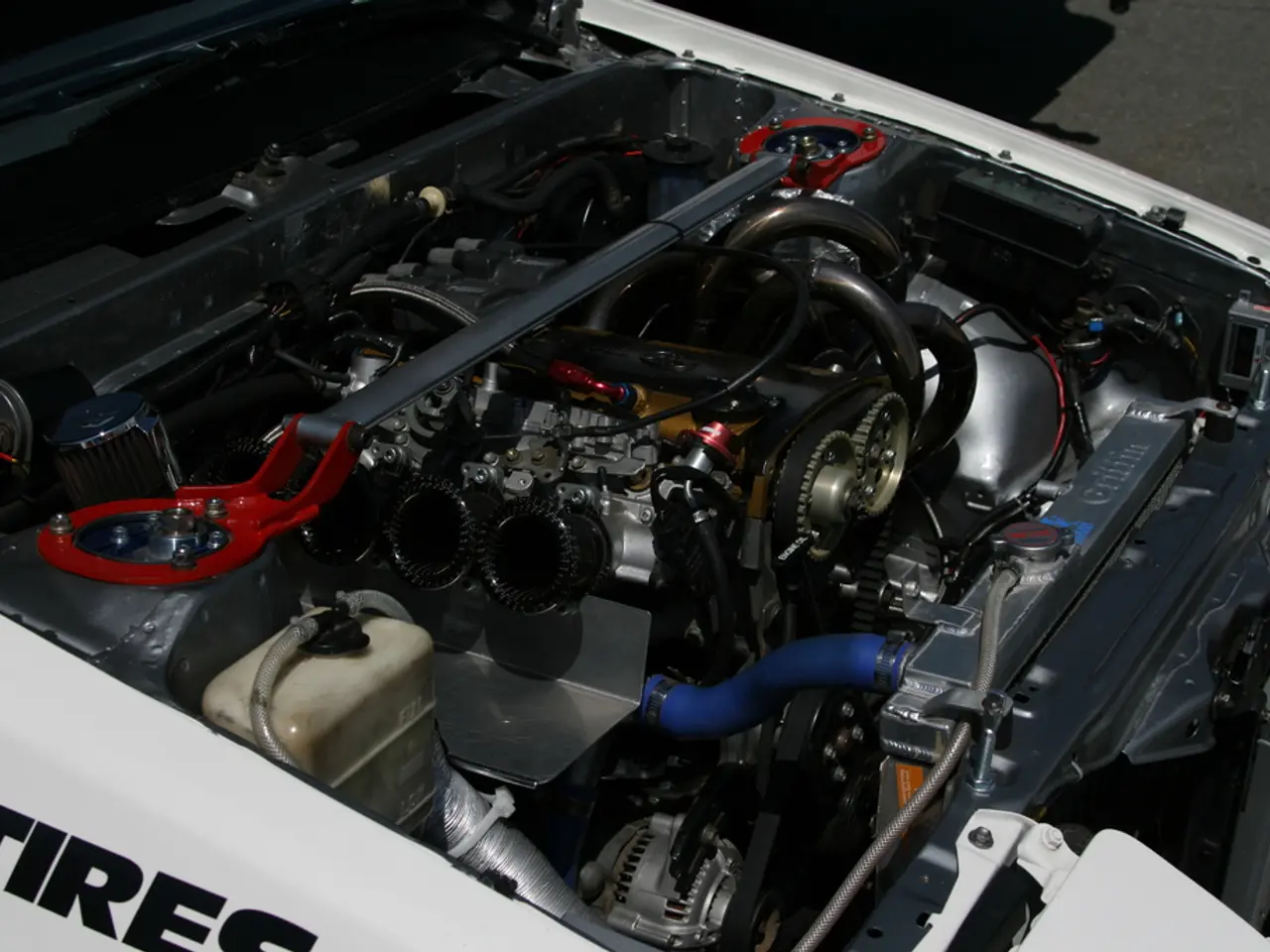Innovative Electrode Design Yields Batteries with Enhanced Power
MIT Developments Promise Longer-Lasting, Safer Batteries
Engineers at the Massachusetts Institute of Technology (MIT) have made a significant breakthrough in battery technology, designing a new lithium metal anode that aims to improve the lifespan and energy density of future batteries.
Led by researcher Cho, the MIT team has focused on a novel self-assembling battery material involving nanoribbons to enhance lithium ion movement. The new design utilizes mixed ion-electron conductors (MIEC) and electron and Li-ion insulators (ELI) to create a stable and safe electrochemical cell with longer-lasting batteries and higher capacity.
The heart of this innovative battery design is a solid electrolyte that allows lithium ions to shuttle back and forth during the battery's charge and discharge cycles. This solid electrolyte offers a solution to one of the biggest problems with lithium-ion batteries—the recurring mechanical stress caused by atoms accumulating during charging, leading to electrode loosening or breaking.
In the new design, the expanding and contracting lithium in tubular structures moves like a fluid, similar to pistons in an automotive engine, without changing the geometry of the electrode or the boundary between electrode and electrolyte. This unique feature is made possible by a three-dimensional, honeycomb-like nanoarchitecture, with hexagonal MIEC tubes making contact with metallic lithium, reducing pressure during charging.
The team has experimentally confirmed the concept by subjecting the battery to 100 charge and discharge cycles in a test device without any solid breakage. Moreover, the required materials for the new battery, mainly manganese, are significantly cheaper than the nickel or cobalt used by other manufacturers for cells, making these cathodes only a fifth of the cost of conventional versions.
Another advantage of the new design is the use of a solid electrolyte instead of liquid or polymeric gel electrolyte material. This change aims to create a safer battery by minimizing the risk of fire or explosion, a common concern with current lithium-ion batteries, especially in road traffic accidents.
The other material, ELI, serves as a mechanical binder between the MIEC walls and the solid electrolyte layer in the new electrochemical cell design. This addition ensures the stability of the battery throughout its usage cycles without any solid fracture.
While the researchers have only built and tested small devices on a laboratory scale, they believe these can be quickly scaled up. The new lithium metal anode design at MIT holds promise for the future of battery technology, offering a potential solution to the long charging cycles, short lifespan, and safety concerns associated with current lithium-ion batteries.








